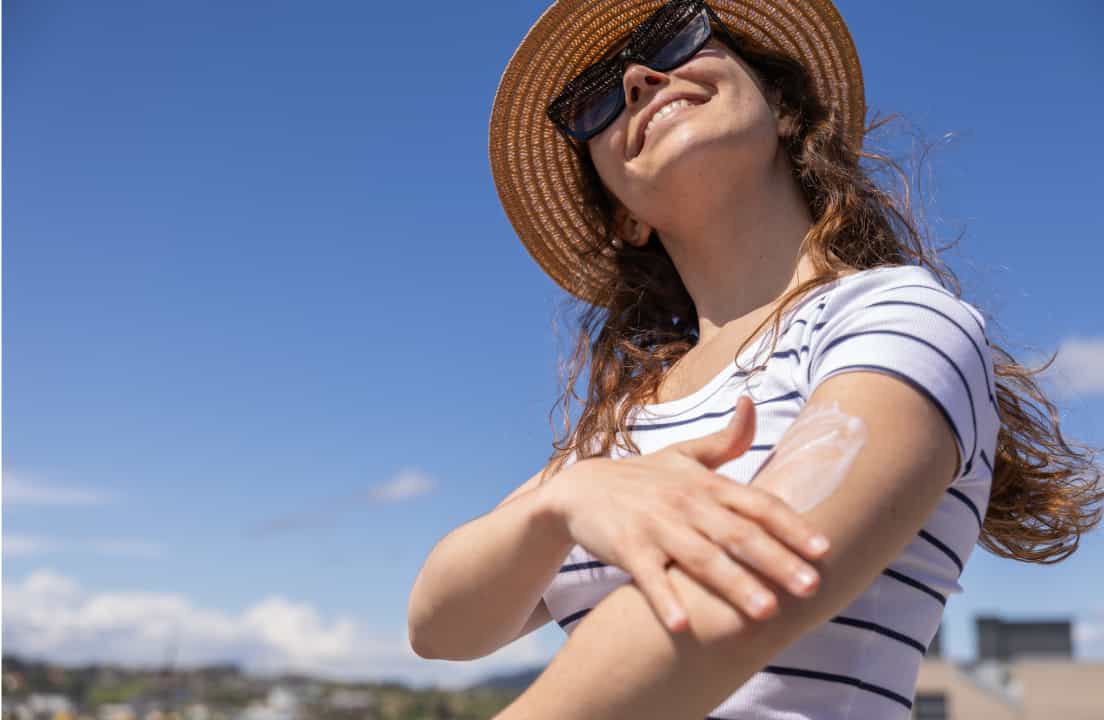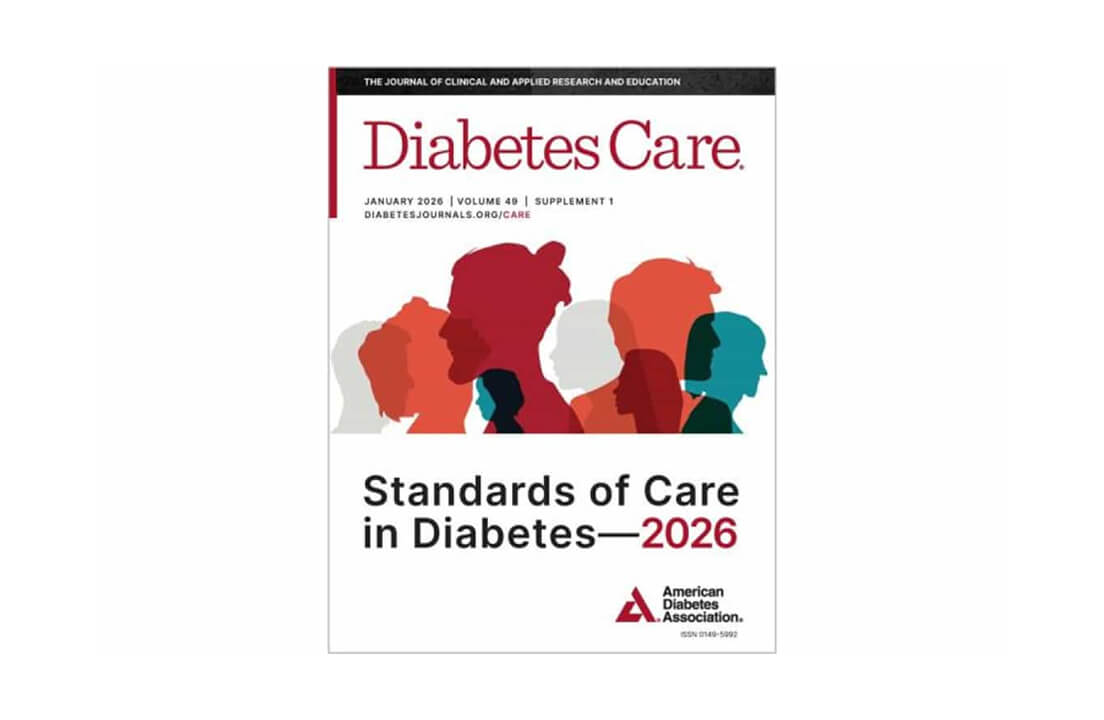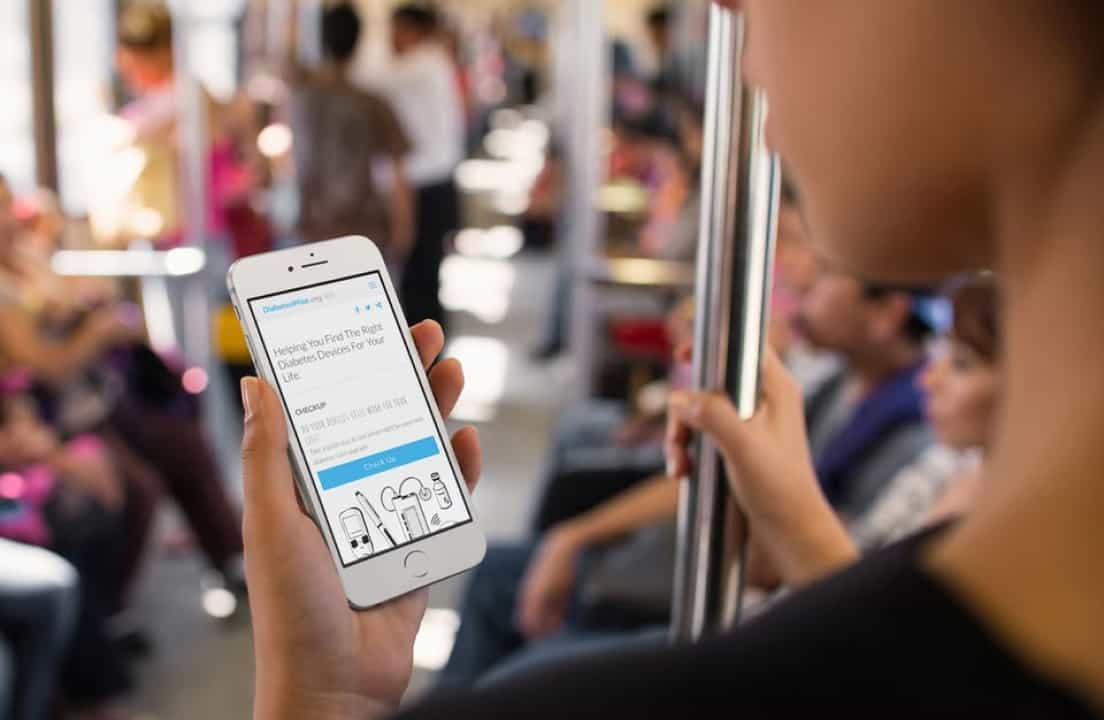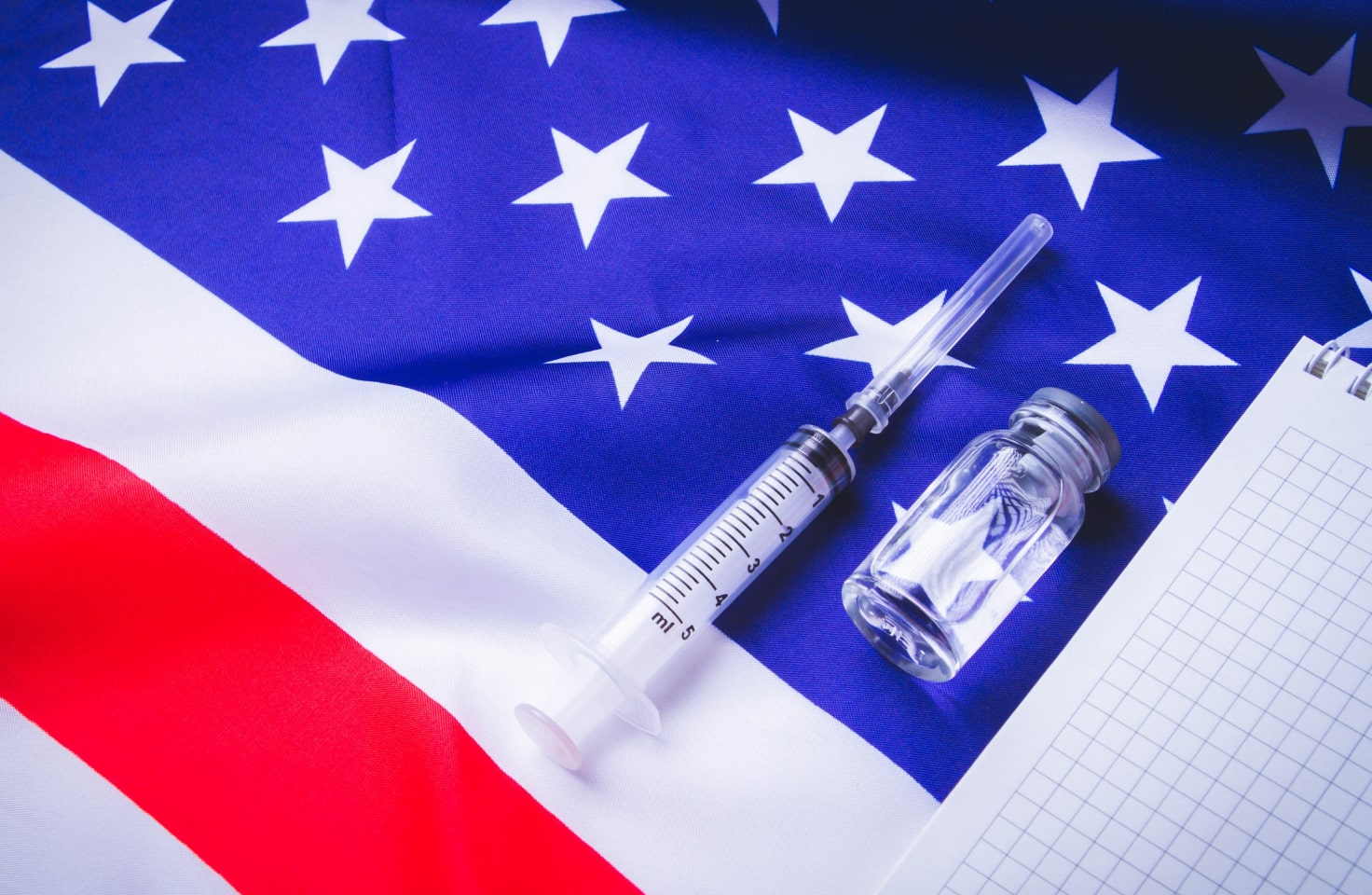T1D Guide
T1D Strong News
Personal Stories
Resources
T1D Misdiagnosis
T1D Early Detection
Research/Clinical Trials
The Dangers of Sunburn with Diabetes: How to Get Ahead of the Heat
Sunburn is uncomfortable for anyone, but for people living with diabetes, it can create a ripple effect that makes blood sugar management a whole lot harder. In this article, we break down why and share smart strategies for staying protected this summer.
.jpg)
Food isn’t the only thing that can raise your blood glucose levels (BGLs). Your blood sugar can also spike from unexpected things like sunburn. The Mayo Clinic explains that sunburn is inflamed skin caused by prolonged exposure to ultraviolet (UV) light.
Skin burn may look pink or red, depending on your natural skin color. It might be harder to recognize on dark skin tones, but if your skin feels warm to the touch, is painful or tender, has swelling, and you experience a headache, fever, or nausea along with it, then you probably have sunburn!
How Sunburn Impacts Blood Sugar
Sunburn causes inflammation, which raises insulin resistance. Insulin resistance happens when a person’s body doesn’t respond well to insulin. When your body doesn’t respond properly to insulin while managing diabetes, it can lead to changes in your insulin dosing habits — either temporarily or over time without the right resources and tools to support an enriched life.
Benjamin Faustin and John C. Reed explained in a paper, “Trends in Cell Biology,” published through Science Direct, that when you get tissue injury like sunburn, your body triggers an inflammatory response involving cytokines. The American Cancer Society explains that cytokines are small proteins crucial for controlling the growth and activity of other immune systems and blood cells.
This is important to note in autoimmune diseases like type 1 diabetes (T1D), where the immune system is already compromised.
Because sunburn causes inflammation, it may also increase cortisol and stress hormones, which can raise blood sugar levels. As a result, you might find yourself going down a rabbit hole quickly, all from sunburn — yes, it’s more harmful than you might have been led to believe.

The Inflammation Cascade: What’s Happening Inside Your Body
Healing from sunburn can also take days. During the recovery process, your body may experience fatigue, headaches, fever, and swelling. These factors can also make managing diabetes more complex and may even lead to diabetes complications.
If you are recovering from sunburn, treat it somewhat like a sick day with diabetes. Pay careful attention to your blood sugar levels, stay indoors, and keep hydrated. Being mindful of your body’s needs and honoring them can help with a speedier recovery.
Work with your doctor if you require more support beyond what resources are available online. More on that below!
Sunscreen: A Helpful Fix…or a Hidden Problem?
The first step to avoiding sunburn is proper prevention. The most effective way to prevent sunburn is to be proactive. Wearing sunscreen should be your initial step in protecting your skin health while enjoying the outdoors.
Arguably, no matter the season — whenever you go outside — you should put sunscreen on exposed skin, especially when the UV index is high! While social media has caused controversy over how effective sunscreen is because of street experts, it’s important to trust science.

The MD Anderson Cancer Center explains that while mineral and chemical sunscreens protect from the sun, they each have advantages and disadvantages. Mineral sunscreens form a physical barrier on the skin that reflects UV rays because they contain zinc oxide and/or titanium dioxide. In contrast, chemical sunscreens absorb UV radiation, convert it to heat, and release it from the skin.
Mineral sunscreens are thought to be more environmentally-friendly, while chemical sunscreens are typically lighter-weight. However, chemical sunscreens have been known to cause more allergic reactions, and mineral sunscreens may rub off more easily.
It’s crucial to follow the application instructions on your sunscreen packaging to ensure your skin is protected when you’re outdoors.
Carefully apply sunscreen around any continuous glucose monitor (CGM) or insulin pump sites on your body. Avoid rubbing too deeply, as this might cause them to loosen and fall off — and you definitely don’t want that on a beach day.
Real-Life Tips for Preventing and Managing Sunburn Spikes
It’s not just sunscreen that matters when it comes to preventing sunburn. Here are some more things you can do to get ahead of the sun:
Cover up with Ultraviolet Protection Factor (UPF) clothing and hats
It might feel dorky, but your skin will thank you for it! If you don’t go without wearing a helmet when you ride a bike, you shouldn’t go without UPF clothing and hats on a hot summer day, either.

Stay hydrated
We said it once, and we’ll say it again! Did you know the average woman should be drinking 2.7 liters of water per day and the average man should be drinking 3.7 liters? That number goes up when you’re dealing with the heat. BASS Medical Group recommends drinking one cup of water every 15 to 20 minutes to replenish hydration lost in heat. This is on top of daily guidelines.
Make temporary insulin adjustments (with guidance)
Consider making temporary adjustments to your insulin dosage with the guidance of your healthcare provider. If you are active and enjoy spending time outdoors, it's a good idea to collaborate closely with your healthcare team to determine whether proactive changes to your insulin dosing are necessary, especially when you know you'll be spending a lot of time in the sun.
Other things you can do to prevent and manage sunburn spikes include
Applying sunscreen early and often, avoiding going outside during peak sun hours, monitoring your blood sugar more regularly in high intensity environments, using aloe vera or cooling gels, getting rest and staying hydrated!

When to Talk to Your Doctor
If you're still experiencing discomfort from your sunburn and your diabetes remains out of balance after a few days, it might be time to consult your doctor. At minimum, consider scheduling a virtual visit to discuss your symptoms.
It's important to address sunburn-related issues promptly to prevent complications such as infections, elevated A1C levels, or delayed healing.
Moreover, the impact on your mental health caused by prolonged recovery isn't worth it. While dealing with sunburn and high blood sugar can be frustrating, remaining in that situation is even more so.
Don’t Let Your Diabetes Get Sunburnt — Get Proactive
If you live with a chronic illness like diabetes, you know that when one thing is off balance, it can disrupt your entire system quickly. The connection between sunburn and blood sugar spikes is real but also preventable.
Like many aspects of managing diabetes, a little proactivity goes a long way. Don’t let the fear of getting sunburned keep you from enjoying the outdoors. There is a wealth of information available to help you proactively address these situations so you can feel more confident and comfortable while enjoying the sunshine.
Summer is meant to be enjoyed — don’t let the fear of sunburn prevent you from having fun. Get outside, play, and live your best life with diabetes by keeping these tips in mind. Remember, knowledge in action is powerful when managing diabetes.








.webp)
.jpg)
.jpeg)

.webp)
.jpg)
.jpg)




.jpg)


.jpg)




.jpg)

.jpg)



.jpg)

.jpg)




.jpg)
.jpg)
.jpg)
.jpg)
.jpg)
.jpg)

.jpg)
.jpg)

.jpg)



.jpg)
.jpg)
.jpg)

.jpg)

.jpg)














.jpg)


.jpg)







.webp)











.webp)






















.webp)